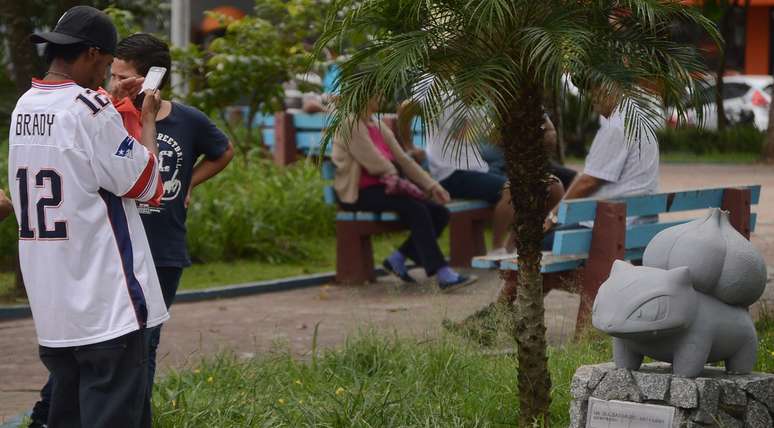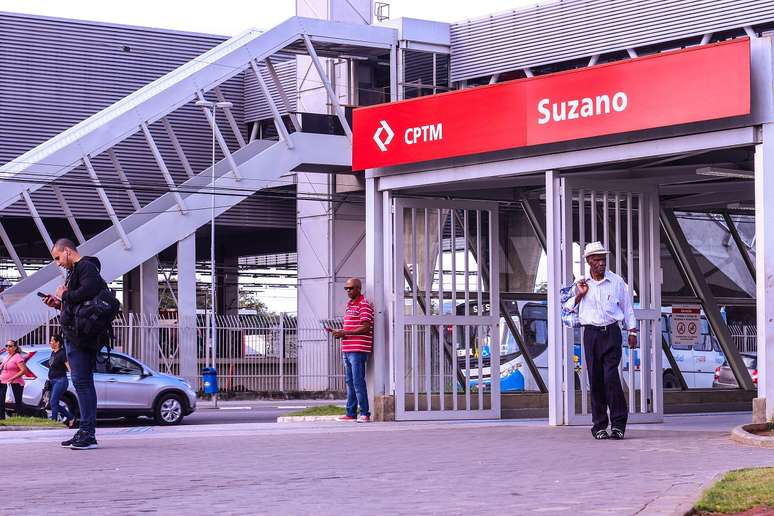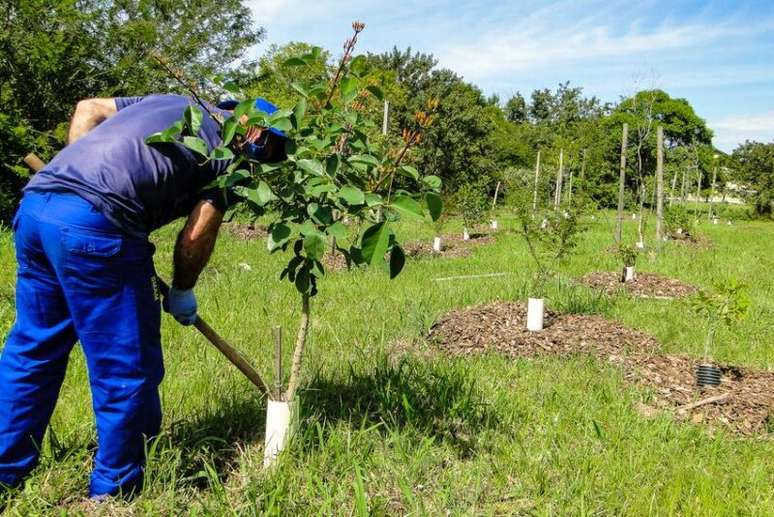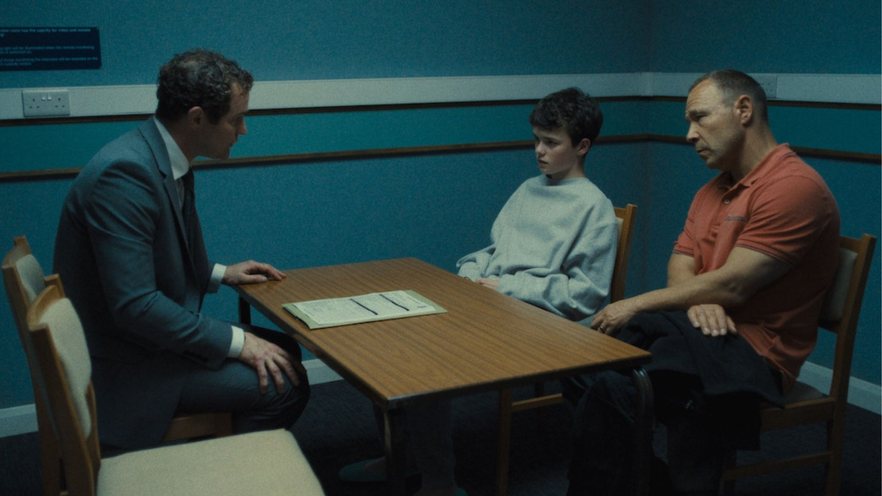The municipality of Grande SP has had a strong Japanese influence in the last century and is considered the “national capital of Pokémon”
Susano, in the metropolitan region of São Paulo, this Sunday celebrates 74 years of political-administrative emancipation (2). With approximately 303,300 inhabitants, the city is part of the region known as Alto Tietê, together with the municipalities of Mogi das Cruzes, Arujá, Biritiba-Mirim, Ferraz de Vasconcelos, Itaquaquecetuba, Poá and Salesópolis.
The region has stories and curiosities even before the emancipation in the late 1940s. Mural agency listed 9 of them. Turn on!
1 – Other names
The first name of the city was Vila da Concórdia, adopted in 1890. Later it was called Vila da Piedade (due to the Chapel of Nossa Senhora da Piedade, built in the region) and later became known as São Sebastião do Guaió (name of the river existing in place).
The name “Suzano” was chosen in 1908 in honor of the engineer Joaquim Augusto Suzano Brandão, who was responsible for completing the works of the Guaió railway station, inaugurated a year earlier.
2 – Former neighborhood of Mogi das Cruzes
In 1919 what was then Vila de Suzano (which developed around the train station) became a neighborhood of Mogi das Cruzes. The emancipation of the municipality took place a few years later, on December 24, 1948. The election of the first councilors and mayor took place in March of the following year and the inauguration took place on April 2, 1949, the date chosen for the anniversary celebrations.
3 – Japanese colonies
The cities of Upper Tietê have had a large Japanese influence from the 20th century onwards. The economy has been greatly influenced, so much so that the region is known as the “green belt” for the production of vegetables. In Suzano, for example, Japanese influence was also in politics, as the city already had four mayors of Japanese origin.
4 – First judo academy in the country
Still speaking of the influence of Japanese immigrants in Suzano, sensei Tokuzo Terazaki was a master of jiu-jitsu and judo, and arrived in Brazil in the 1930s. He founded the Terazaki Academy (the first dedicated to teaching judo in Brazil) , which is currently one of the city’s historic heritage sites due to the influence it has had on sport.
5 – Mysterious Pokemon statues

Since 2018, statues of characters from the game, manga and anime have started to appear pokemon in some parts of the city in a completely mysterious way. Bulbasaur, Mew, Charizard, and Squirtle are some of the little monsters that appeared in the form of statues. The appearances earned Suzano the title of “national capital” of Pokémon, and to this day the authorship of the monuments has not been discovered.
6 – Narrator

Journalist and storyteller Douglas Pires, 45, has a Youtube channel with 3,000 subscribers in which he delves a little deeper into Suzano’s story. “We were once the city of volleyball and one of the cities that collected the most in ICMS [Imposto sobre Circulação de Mercadorias e Serviços] throughout the state of São Paulo,” underlines the channel description.
7 – Plane crash
Among the stories told by Douglas on YouTube, you can find facts that are in the memory of the residents of the city and did not even get into the newspapers. One such recollection is of a plane that crashed into a strawberry field on Santa Monica Road in the early 1960s.
8 – Suzano’s Great Robbery
Also in the 1960s, Suzano had a bank robbery that went down in history. And evidence suggests this is the robbery described in a chapter of the book “My Life as a Terrorist,” by memoirist Carlos Knapp. “A friend read and sent me the passage he is talking about [Carlos] Marighella and her group plan a robbery in the city,” says Douglas.
“The group made a first attempt and it didn’t work because a boy was missing. Then they did the second attempt, which fell on April 2, but they got here and it was all shut down because it was Suzano’s birthday. Then they gave up and only came back in May,” he adds.
It is recorded in the annals of Suzano history that a major robbery took place in May 1969 at the local branch of the União de Bancos Brasileiros. According to the journalist, it could be the same theft devised by Marighella’s guerrilla group in the armed struggle against the military dictatorship in Brazil.
9 – Telenovela screenplay
Douglas Pires heard from some old residents that Suzano had been the scene of a soap opera taping. “But things were lost a lot, there were no records. Some people confirmed they’ve heard of it, but we couldn’t find the info. It was almost an urban legend,” he explains.
Doing research, he discovered that the extinct TV Tupi had rented a large house in Boa Vista, a neighborhood of the city. The broadcaster leased the property from a traditional family at the time, and the actors stayed in town for seven tapings. Subsequently, Douglas managed to find the scene in the soap opera “O Direito de Nascer”, which aired between 1964 and 1965.
Celebrations on the weekend
To celebrate the municipality’s anniversary, the town hall is organizing the ExpoSuzano circuit with free concerts by Jota Quest, Diogo Nogueira, Philharmonic Orchestra and Matheus & Kauan.
Starting on Friday evening (31), the event brings together three days of presentations at the Max Feffer municipal park, located in Jardim Imperador. To collect tickets, just bring 1 kg of non-perishable food to one of the five trading points.
Source: Terra
Rose James is a Gossipify movie and series reviewer known for her in-depth analysis and unique perspective on the latest releases. With a background in film studies, she provides engaging and informative reviews, and keeps readers up to date with industry trends and emerging talents.







